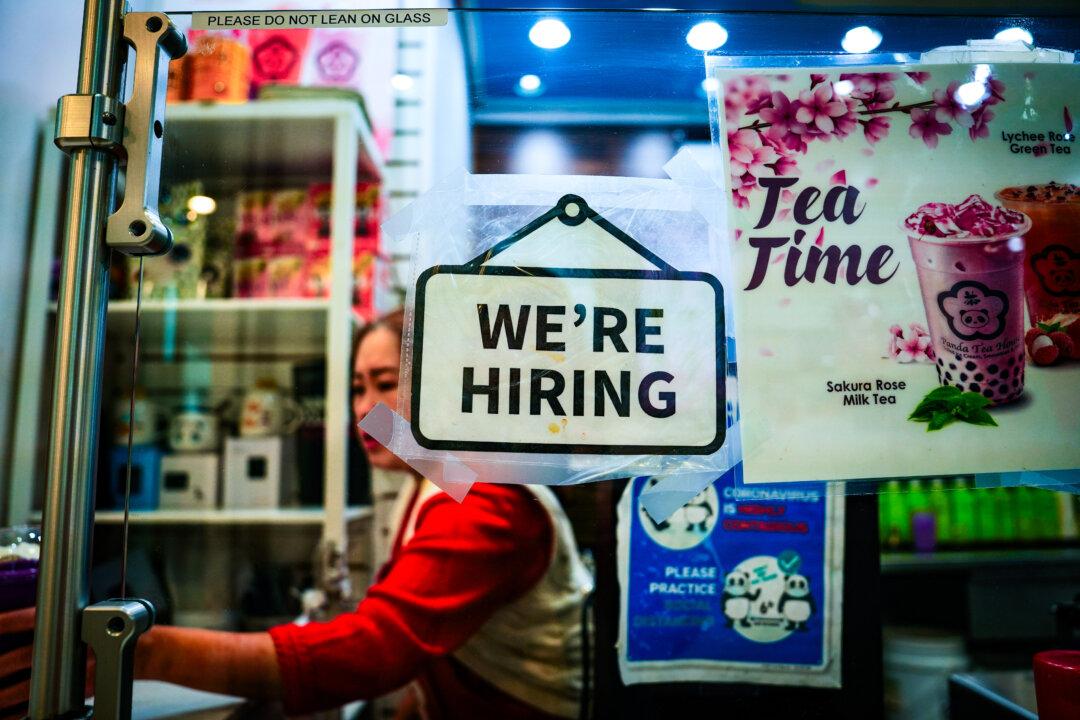The BRICS economic alliance plans to abandon the U.S. dollar in trade settlements and develop a new reserve currency while promoting the use of local currencies, Brazil’s president said at the bloc’s 15th annual summit in Johannesburg.
Brazilian President Luiz Inacio Lula da Silva is championing a medium- to long-term objective of creating a new reserve currency to fight against the U.S. dollar hegemony. Until then, the coalition will encourage the further utilization of members’ national currencies in bilateral trade.





